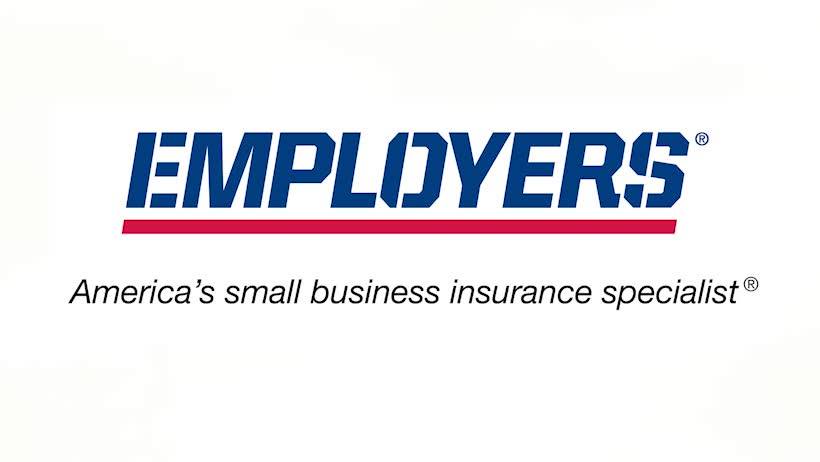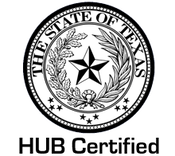Winery Insurance - Workers' CompensationWorkers' Compensation Managing workers' compensation insurance costs can be tricky. You want to protect your employees while still keeping premiums as low as possible. Of course, avoiding accidents is the surest way to save money on coverage. But if an accident does happen, and they inevitably do, you need a carrier who will be there, working to get your injured workers appropriate medical treatment and managing their claims so they can get back to work quickly and safely. This is where WinStar Insurance can be an invaluable partner. We help our policyholders contain the costs associated with workplace injury or illness through our carriers' loss prevention programs, such as Claims Management, Managed Care Services, Loss Control, and Fraud Services. Workers compensation is a “no fault” system for employees that are injured on the job while in the course of employment. Part Two of the workers compensation policy, Employer’s Liability is often overlooked yet a very important exposure for businesses to consider. Employer’s liability which fills the gap between the narrowness of the workers’ compensation policy and exclusions in the commercial general liability policy. Employers liability protects the employer from the employee, a family member or another entity seeking damages from the employer. In order to seek damages, the person must prove: 1) there was a duty owed to injured individual; 2) the duty was breached by the employer; 3) an injury occurred; and 4) the breach of duty was the proximate cause of the injury. Failure to meet your workers’ compensation coverage requirement can leave your business exposed to both the full costs of workers’ compensation claims (through litigation) and additional regulatory penalties levied by the states, which can be severe. The cost of workers’ compensation insurance is determined based on a business’ risk classification rate and its individual payroll. The ultimate cost to an employer may be impacted by credits, dividends and/or individual experience modification factors. Although base rates (the risk classification rates) vary from state to state by type of business, the basic processes used to calculate ultimate premium is similar. Here’s a simple example of a workers’ compensation premium calculation: (Annual Payroll/100) x Risk Classification Rate x Experience Modification Factor = Estimated Annual Premium Businesses are assigned a classification based on their business operation(s). There are approximately 600 classifications in most states. To come up with the annual cost of a policy, the company determines the following:
|
SUBMIT APPLICATION FOR A FREE QUOTEE-mail: [email protected]
Call: 800-252-9435 Fax: 512-448-9929 Complete the applications below and mail to: WinStar Insurance Group 13625 Ronald W. Reagan Blvd. Building 3, Suite 100 Cedar Park, Texas 78613 |
|
© 2024 WinStar Insurance Group
13625 Ronald W. Reagan Blvd. Building 3, Suite 100 Cedar Park, TX 78613 |
IMPORTANT NOTE: This Web site provides only a simplified description of coverages and is not a statement of contract. Coverage may not apply in all states. For complete details of coverages, conditions, limits and losses not covered, be sure to read the policy, including all endorsements, or prospectus, if applicable. Coverage CANNOT be bound, amended, or altered by leaving a message on, or relying upon, information in this Website or through E-Mail.
Licensed & doing business in the following states only: Texas, New Mexico, & Oklahoma
Licensed & doing business in the following states only: Texas, New Mexico, & Oklahoma




